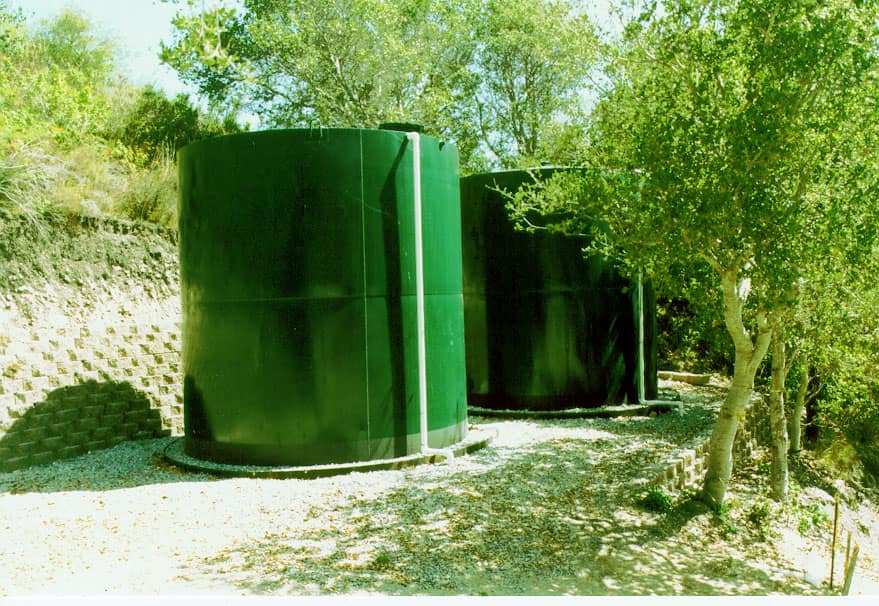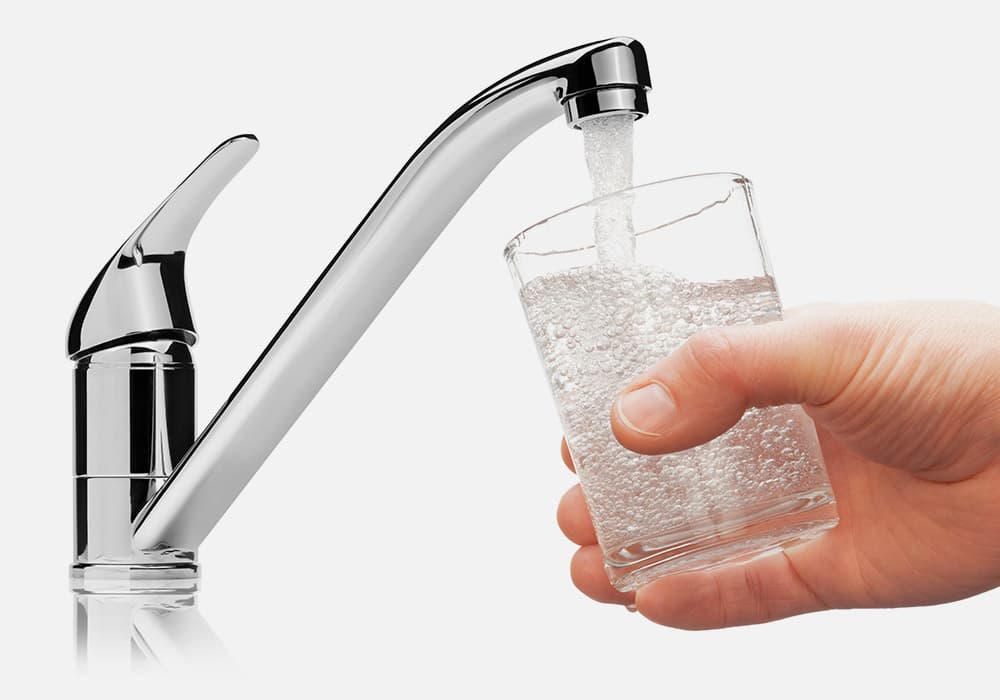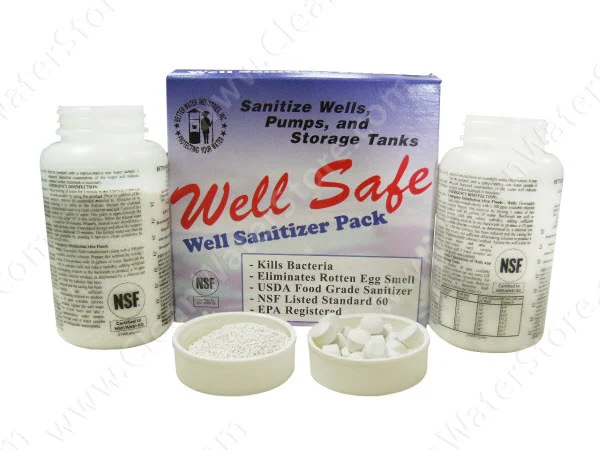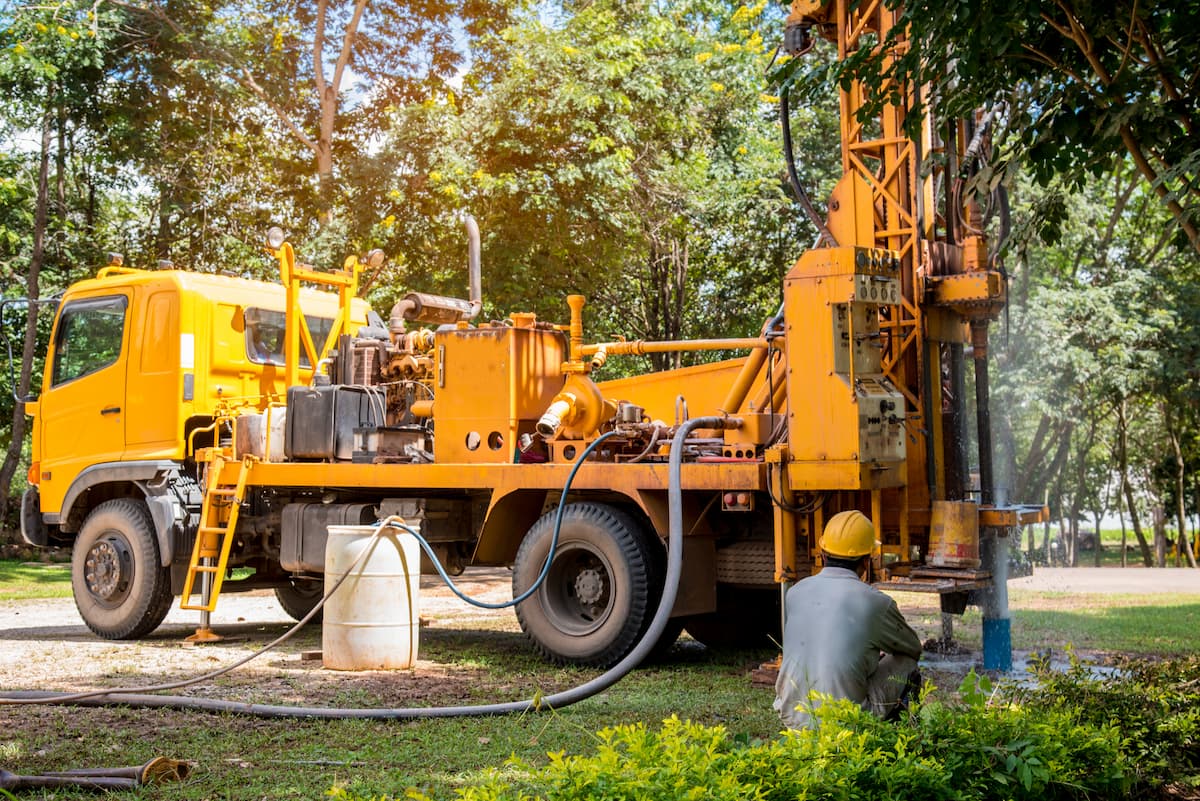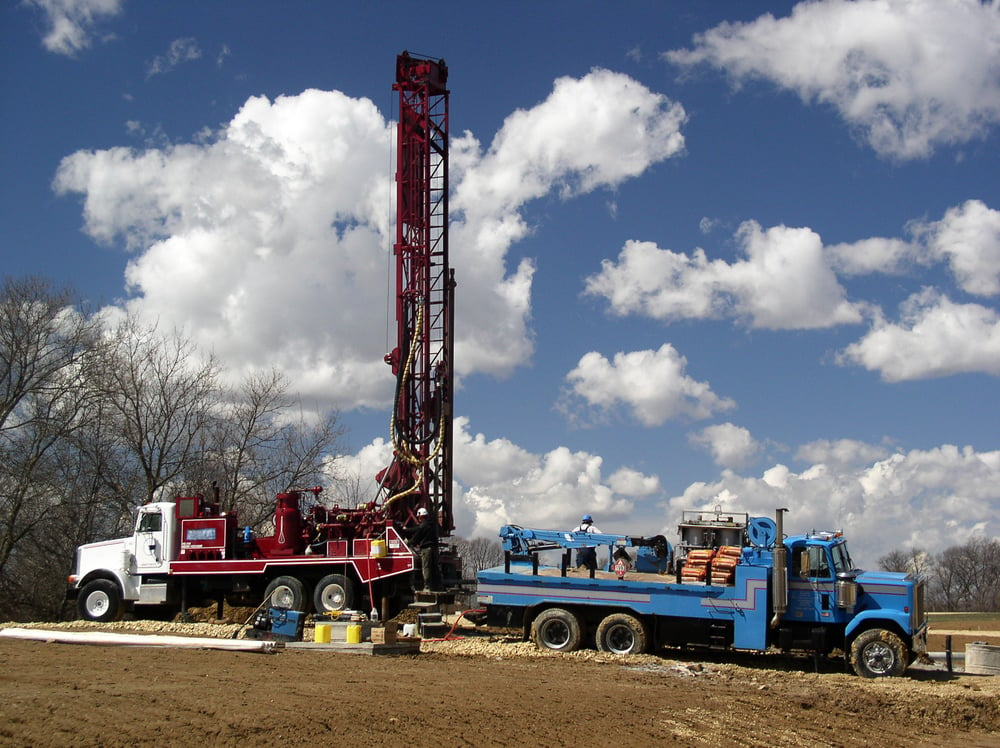Determining Your Well Water Flow Rate On Systems With Pressure Tanks
How to Measure Well Water Flow Rate with a Pressure Tank
Flow rate is tested when a well is initially drilled and can be tested again to determine if there are problems with the well. Accurate calculations are crucial for determining water flow rates, which can help in diagnosing issues and optimizing system performance. It can also be important to determine your flow rate if you are looking to install new pumps or filters on your well water system.
Using a proper filter is essential for maintaining optimal flow rates and removing contaminants such as lead and chlorine from your water supply.
If you have a standard well with a pressure tank and pressure switch, you can use the steps below to determine your well’s flow rate in gallons per minute. This type of system turns on the well pump at one pressure and off at a higher pressure, usually about a 20 PSI difference. Specific equations can be used to calculate flow rates accurately.


If you have a variable speed pump, or ‘constant pressure’ type pump, that keeps the pressure in the house the same all the time, then this type of method won’t work. For a constant-pressure type system, consult your well contractor or send us the specifications on your system and we can help you find out what it might be.

Calculate Your Well Flow Rate
Testing your well’s flow rate is quick and easy—and all you need is a 1- or 5-gallon bucket and a watch or timer. Just follow these simple steps:
- Open a faucet or hose bib until your well pump kicks on.
- Close the faucet and let the pump fill the pressure tank until it turns off.
- Once the pump is off, open the faucet again and collect water in your bucket, measuring how many gallons come out until the pump turns on again.
-
As soon as the pump turns on, close the faucet and start timing—measure how many seconds it takes for the pump to turn off again.
To calculate your well flow rate:
- Divide the gallons collected in step 3 by the seconds measured in step 4.
- Then multiply that result by 60 to get your pump’s average gallons per minute (GPM).
Example: If you collected 10 gallons and it took 40 seconds for the pump to shut off, then your GPM is (10 ÷ 40) × 60 = 15 GPM.
Tips for Accurate Results:
- Repeat the test a couple of times to ensure consistency.
- Consider using a graph or flow calculator for visual analysis.
- Altitude, pipe diameter, and equipment type can all influence flow rate, so factor those in as needed.
- Need help? Try our online pump flow rate calculator (linked below the image).
Introduction to Well Water Systems
Well water systems are widely used, especially in rural areas. Understanding your well's flow rate is essential for maintaining a reliable water supply.
Several factors affect flow rate, including the well casing diameter, depth of the well, and type of pump used. Most systems include a well, pump, and plumbing network that delivers water to the home.
Flow rate is usually measured in gallons per minute (GPM). Rates vary by system, from 1 GPM to over 100 GPM, depending on the setup and household demand.
A small household typically needs at least 5–10 GPM, while larger homes may require 20–50 GPM or more. Measuring and understanding your flow rate ensures that your system can meet your water usage needs.
Understanding Water Pressure
Water pressure pushes water through your plumbing and is measured in pounds per square inch (psi).
The pressure difference between the system’s inlet and outlet affects how quickly water flows. Higher pressure means faster flow; lower pressure slows it down.
A pressure gauge, installed near the inlet, is used to monitor water pressure. As water moves through pipes, friction causes a pressure drop, which can affect performance.
Other factors—like the specific gravity of water (its density compared to air)—also influence pressure. Understanding these basics helps with system design, troubleshooting, and ensuring consistent water flow.
Measuring Flow
Measuring flow is essential for determining the flow rate in a plumbing system. This can be done using tools like flow meters or pressure gauges.
A flow meter measures how much water is moving through the system. It’s usually installed near the outlet for accurate readings. Another method, the velocity-area technique, calculates flow by combining water speed and the pipe’s cross-sectional area.
You can also estimate flow by using the square root of the pressure difference between the system's inlet and outlet. This method helps approximate flow when direct measurement tools aren’t available.
Accuracy depends on several factors: the type of meter used, its location in the system, and the condition of your plumbing. Using a calibrated, certified flow meter is key to getting reliable results.
By measuring flow correctly, you can ensure your plumbing system runs efficiently and meets water demand effectively.
Factors Affecting Performance
Several factors influence how well your plumbing system performs. These include flow rate, water pressure, and pipe diameter.
Flow rate depends on the type of pump, pipe size, and the system’s overall condition. Water pressure is affected by elevation, pipe length, and the types of fittings installed.
Larger pipe diameters allow higher flow rates and reduce pressure drops. Household size and water usage patterns also matter—larger homes typically need higher flow rates and more complex plumbing setups.
The type of water treatment system can impact performance too. Some systems require higher flow rates or specific water pressure to work effectively.
Regular inspection and maintenance are key. Check for leaks, corrosion, or damage to ensure everything runs smoothly. By managing these elements, you can keep your system working efficiently.



